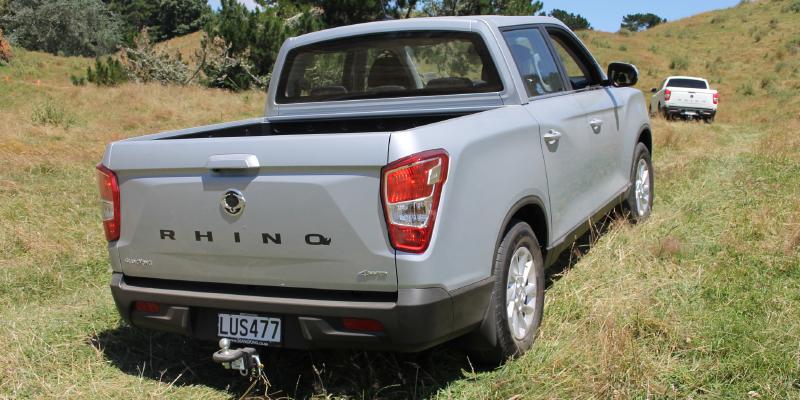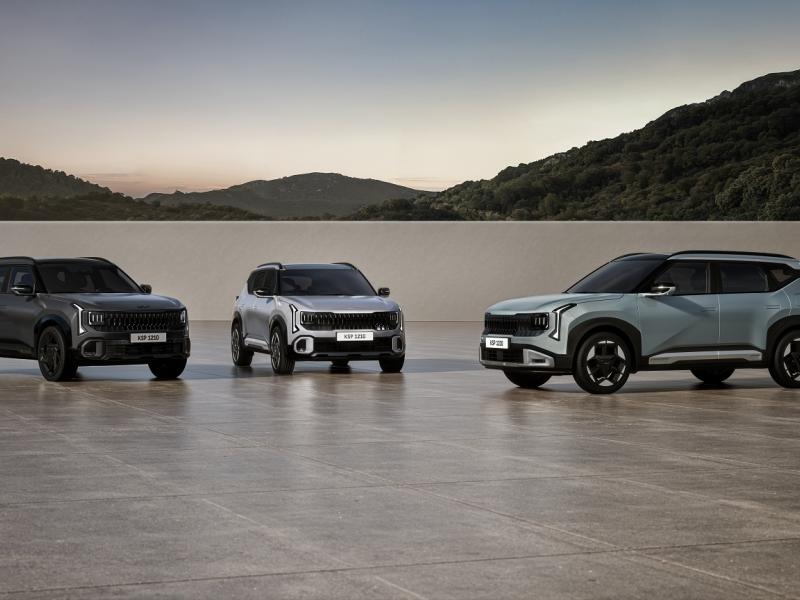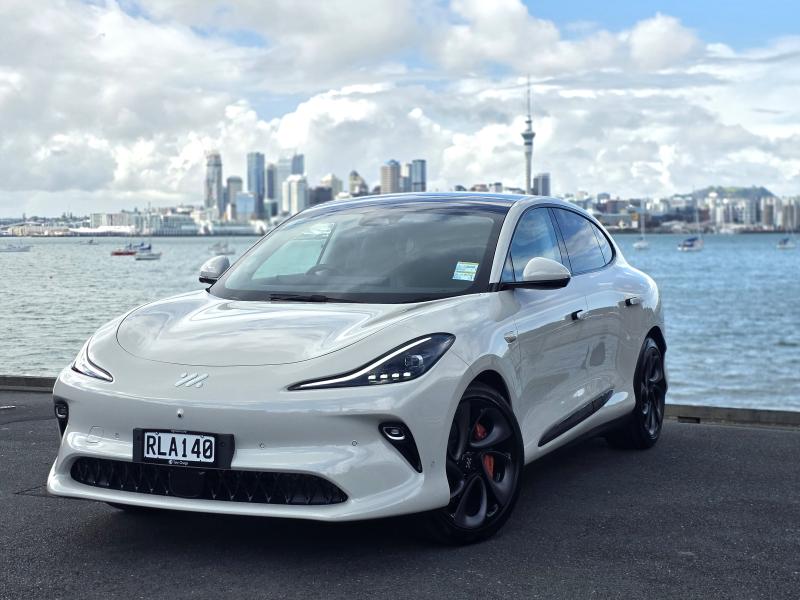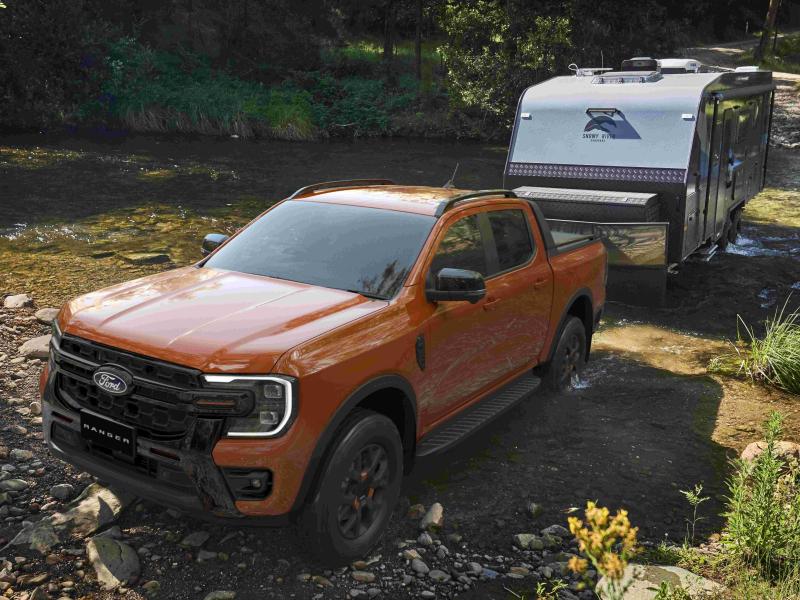Being a specialist supplier of utility vehicles, which has successfully run out its existing model range to make way for new product and then having the replacement product delayed, is not a desirable situation.
It was, however, exactly where Korean brand SsangYong found itself partway through 2018. The brand had introduced a replacement utility for the very successful Actyon sports utility at the 2018 Fieldays, but demand for the vehicle in Korea rapidly exceeded 30,000 units, and that was before Korea had started assembling!
Late January saw the first of the replacement utes arrive. This then, is the charge of the Rhino from SsangYong.
Rhino is the name SsangYong New Zealand has opted to run with for the fourth generation of the original Musso, launched in 2002 to 2006 when it became Actyon (2nd generation) until 2011 and then Actyon II (3rd generation) until 2017.
With each generation, the double cab ute (also known as Q200 and Rexton Sport) has evolved in power, physical size, broad appeal and specification. Is it fair to say the Rhino is at the top of the food chain? Well, yes.
At present, the Rhino is only available with a short tray – 1300mm high x 1570mm wide x 571mm deep - which is slightly longer, slightly deeper and fractionally narrower than the Actyon II – with the long tray – 1610mm x 1570mm x 571mm – due in another couple of months.
Why two tray options? Well, it helps position the Rhino in distinctive market segments. The short tray is targeted at the family leisure market, those with an active lifestyle.
The long tray – when it arrives – will be the workhorse, a business biased ute. Both tray options come with an in-tub power socket and lash-down points.
Accordingly, the short tray focuses more on price, while the long one puts greater importance on deck size and payload considerations.
To that end, the long tray has a more rugged suspension setup with a leaf sprung suspension at the rear and a double wishbone arrangement up front, just as you might expect of a working ute.
For the short tray recreationally-focussed Rhino, the front remains the double wishbone, but the rear takes the more pliable five-link suspension, which affords great levels of stability and control when the vehicle is unladen.
The overall model breakdown is a little more sophisticated than just deck lengths, however. The Rhino line up consists of a 2WD turbocharged petrol engine variant of short and long deck with either manual or automatic six-speed, a 4WD Sport turbo diesel in both deck lengths with the auto/manual transmission option and a 4WD SPR turbo diesel with the short and eventually long deck with an automatic transmission only.
The transmissions? Both six-speeds, the automatic from Aisin (Toyota), the manual from Dymos (Hyundai) and both particularly well suited to both the SsangYong’s petrol and diesel engines.
SsangYong admits the turbo petrol engine may sound like an odd choice, but when Actyon was at its peak in 2015, the much larger displacement 2.3-litre petrol engine made up just under 50 percent of the product sales volume.
The Rhino direct injection turbocharged petrol e-XGDI200T is considerably more advanced, with a smaller displacement of 1998cc. Even so, it puts out 166kW of power at 5,500rpm and 350Nm of torque from 1500 to 4,500rpm.
As to the diesel e-XDi220, this has a 133kW at 4000rpm power output and 400 to 450 Nm of torque between 1,400 and 2,800rpm.
The Rhino is very definitely the hero of the SsangYong range and accordingly, it borrows from some of its stablemates, particularly the luxuriously appointed new Rexton. The LED headlight positioning bulbs, daytime running lamps and turn signals are Rexton, as are the aero blade wipers.
On the SPR, the 20-inch alloys are dimensionally the same as those of the Rexton, though the design is different. The Rhino also takes Rexton’s clean sill doors, which prevent dust settling on the sills and reduce noise at the same time.
All of which brings us tidily to the nice parts of the Rhino, where most will spend their time – the cabins. These are a great deal more sophisticated than we are used to seeing from SsangYong.
The interior designers have clearly spent a lot of time evaluating what the modern utility buyer wants to see in their utes and equipped the Rhinos accordingly.
With cruise control, Bluetooth, steering wheel controls, trip computer, floor mats, USB and input jack, dual airbags, illuminated sun visors, height adjustable driver’s seat and a spacious centre storage console all being common elements of every Rhino cabin, a factory fitted bed liner, front fog lamps, 25W HID headlamps and a full-sized spare tyre are also standard equipment across the range.
Of course, features like electronic stability control, traction control, brake assist, hill descent control and active rollover protection along with ABS brakes, speed sensitive door locking and vehicle immobiliser system are all standard across the range.
But it has gone beyond super specifying the equipment levels. The 2019 Rhino’s entry level model price has been kept at the same price as the Actyon of four years ago.
Clearly, with all the above onboard and the additions of autonomous emergency braking, forward collision warning, lane departure warning, lane change assist, lane change assist, rear cross traffic alert high beam assist and the around view monitor system and other items, the SPR is the aspirational model in terms of sophistication.
It runs on the 20-inch hero alloys as opposed to the standard 17-inch wheels on the remainder of the model range, features Nappa leather in the cabin for the heated and cooled, electrically adjusted seats, daytime running lights and projection headlamps.
For all that the SPR is the top end model, the ride quality is preferable in the next grade down. The 17-inch alloys providing much greater confidence with the surface underneath and the suspension maintaining a positive connection regardless of the terrain.
Ride quality is largely subjective, and – with a fully laden ute – it might be a different story. The 17s though, provide a smooth and controlled ride – even when the tray is empty.
It’s a quiet ride too, with the bare minimum of tyre noise and certainly a well suppressed volume level from the engine.
Be mindful of the turbo lag especially in the petrol variant. It’s easily compensated for, but if you are used to the ‘press and go’ response of many top end utes these days, it may come as a bit of a surprise. Chances are SsangYong could have dialled this out reasonably effectively in keeping with the likes of utes commanding $60 to $80k price tags, but then the Rhino is not in that space.
Pricing for the entry level 2WD petrol manual starts at – care to guess? $25,990 + GST, the auto commands a $4k premium to $29,990.
The diesel steps it up a few to enter at $34,990 but remember, this does include the 4WD. $36,990 gets you self-shifting convenience.
At the top end, the 4WD Rhino SPR comes in at $43,490 with the auto only transmission.






